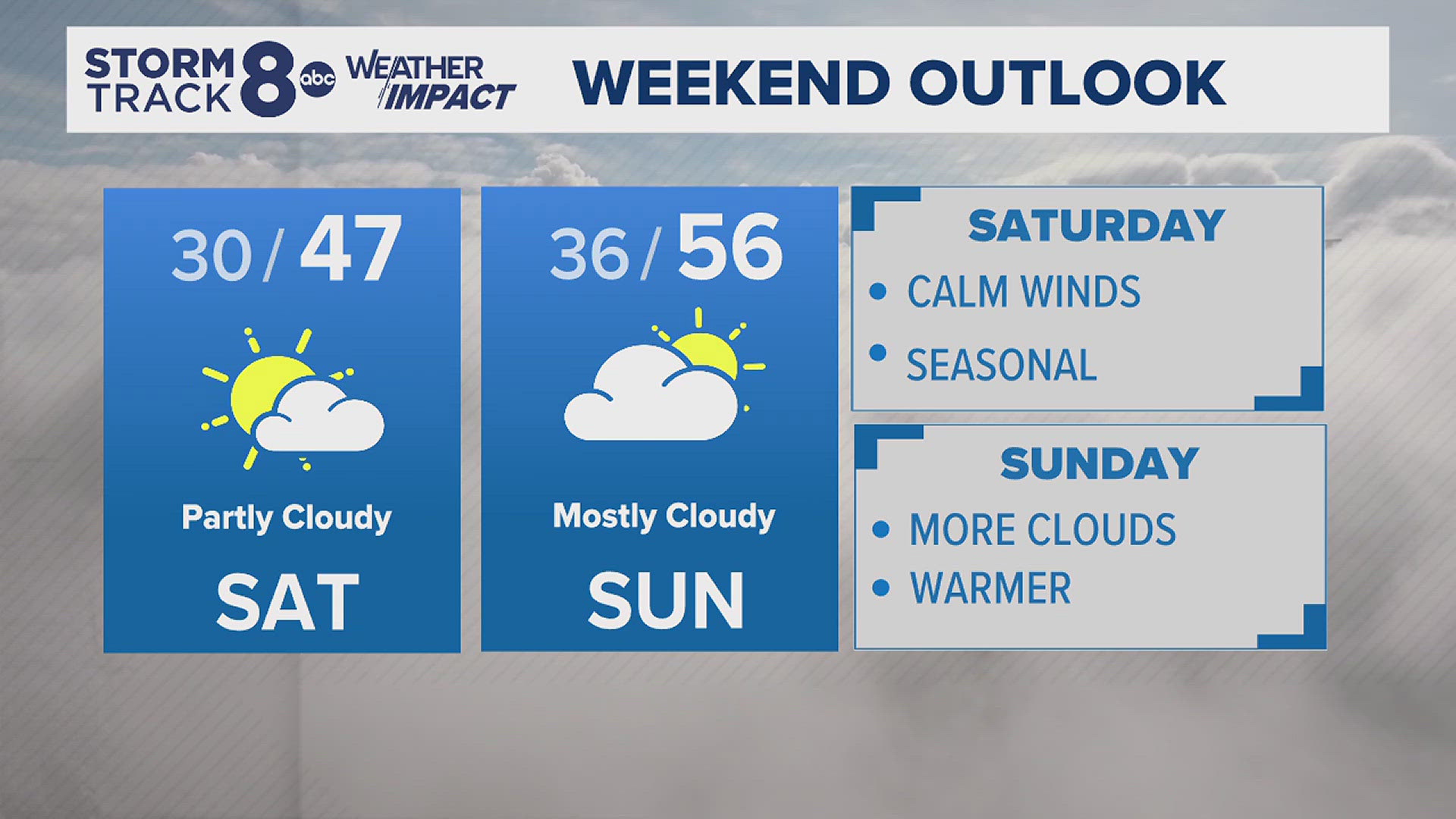MOLINE, Ill. — March 1 is the start of meteorological spring. Meteorologists and climatologists consider the first day of March as the start of spring, though a majority of people mark the start of spring in mid-March.
This year's non-meteorological spring starts on March 20 and is known as "astronomical spring." There are two types of seasons — meteorological seasons and astronomical seasons.
Astronomical seasons
We have astronomical seasons because civilizations have used natural phenomena to measure time throughout history. For astronomical seasons, we use the tilt and orbit of the Earth. In a calendar, we have spring and fall equinoxes, which occur when we have equal amount of sunlight since the sun is directly above the equator. The equinoxes occur in the middle of March and September. We use this natural phenomenon to determine the transitions into the spring and fall seasons.
We also experience the summer solstice in the middle of June, where we have the longest day of light in the year because the sun is at the tropic of cancer in the northern hemisphere. The winter solstice occurs in the middle of December when we experience the shortest amount of daylight due to the sun being the furthest from us at the tropic of cancer in the southern hemisphere. The summer solstice marks the beginning of the summer season and the winter solstice represents the start of the winter season.
Due to Earth's orbit, we travel around the sun 365.25 days, resulting in a leap year every four years. This causes the dates of the solstices and equinoxes to vary, meaning there's also variation of when seasons start and end, so seasons can last anywhere from 89 to 93 days.
The gap in variations would make it difficult for meteorologists and climatologists to gather data for a season from one year to the next so meteorological seasons were created.
Meteorological seasons
Meteorologists and climatologists created the meteorological season based on the annual temperature cycles and our calendar year. It keeps the coldest temperatures of the year in the winter season, December, January and February, and the warmest temperatures of the year in the summer season, including June, July and August. The transition period where it begins to cool off is fall and includes the months September, October and November. Temperatures start to warm up during the spring months March, April, and May.
Meteorological seasons tend to start about three weeks earlier than the astronomical seasons.
The meteorological seasons are more consistent than the astronomical seasons, allowing for seasons to last 90 days during a non-leap year to 92 days for spring and summer. With this consistency, it is easier for us to collect data and information, calculate seasonal statistics and determine patterns.



